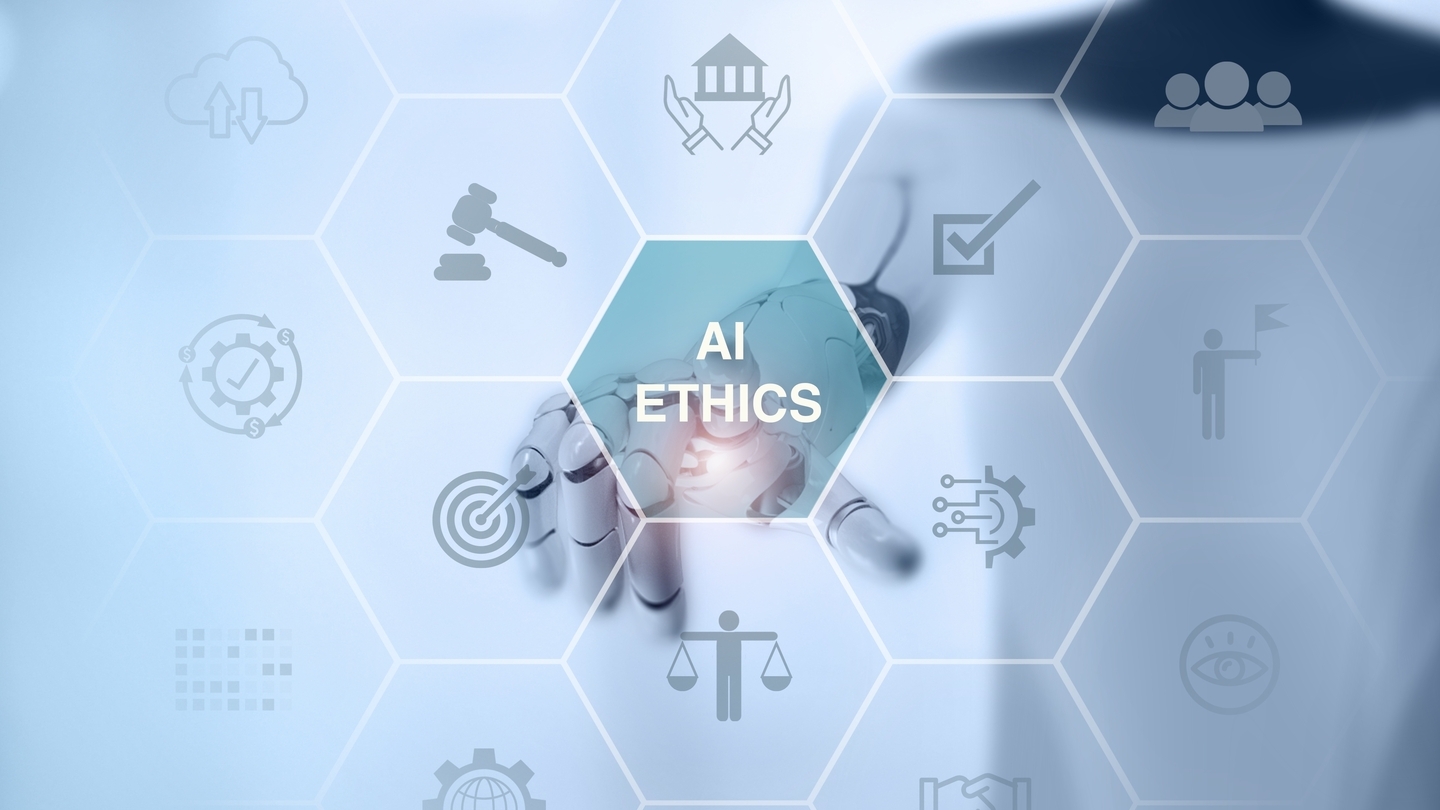Advances in how 3D spaces and objects are captured to create immersive, interactive content are helping redefine how stories are told and experienced. Integrating volumetric capture into mainstream media however requires a new set of skills, blending creative storytelling with advanced technical knowledge.
Unlike traditional video, which is confined to a 2D plane, volumetric video provides the added dimensions of depth and volume, making it possible to interact with digital objects in ways that were previously not possible. Objects such as a coffee cup can be digitally captured in 3D and placed within a virtual environment almost in the same way a practical prop can be placed within an actual set. This technology has many applications for virtual reality (VR), augmented reality (AR), virtual production (VP) and mixed reality (MR).
Several technologies underpin volumetric capture, including photogrammetry, Gaussian splatting, and 4D capture. Photogrammetry involves taking multiple photographs of an object or scene from different angles and stitching them together to create a 3D model. Gaussian splatting, a more recent innovation, creates a point cloud where each point represents a small, textured circle. This method is lightweight and efficient, making it suitable for real-time applications. The cutting-edge 4D capture extends this technology to the 4th dimension of time, making it possible to capture animated content volumetrically, providing enhanced options for animation...
You are not signed in.
Only registered users can view this article.

Finding our ethical true north on AI: Part II
Part two of our insight into AI ethics and regulation continues with observations on industry efforts around standards and best practices, and why human impact should be the guiding force. James McKeown reports.
/Source - shutterstock_2464837145 (1).jpg)
Digital Catapult: AI innovations to supercharge the creative industries
Accelerated VFX workflows, video game characters you can converse with, and auto-generated visual experiences from sound for XR headsets are just some of the AI innovations devised by start-ups as part of a recent Digital Catapult programme. Adrian Pennington reports.
.jpg)
Neural Radiance Fields – A new approach to 3D modelling
From the chemical, mechanical and electrical process of creating a film, to the rise of virtual production, visual storytelling has always turned to cutting-edge technologies. Now Neural Radiance Fields (NeRF) could replace the traditional technological foundations that broadcasting and film are built upon. IBC365 speaks to leading researcher, Professor Ravi Ramamoorthi.
.jpg)
Future predictions – Part II: Leaders and analysts
The coming year hints at big changes in focus and innovations for the media and entertainment world. With giant leaps in AI advancements, streamlining production and the road ahead for ad-tech, how can vendors meet the demands of the hungry yet cost-conscious consumer, whilst staying ahead of the game? John Maxwell Hobbs gathers more expert insight from leaders and analysts in the second part of our future predictions series.

Future predictions – Part I: Broadcasters and suppliers
As we wrap up 2024, it’s time to consider what lies ahead for the media industry in 2025. John Maxwell Hobbs probed industry executives to share their crystal ball predictions on themes spanning the impact of AI, the transition from hardware to software-based solutions, data security and ways of reaching new audiences.




